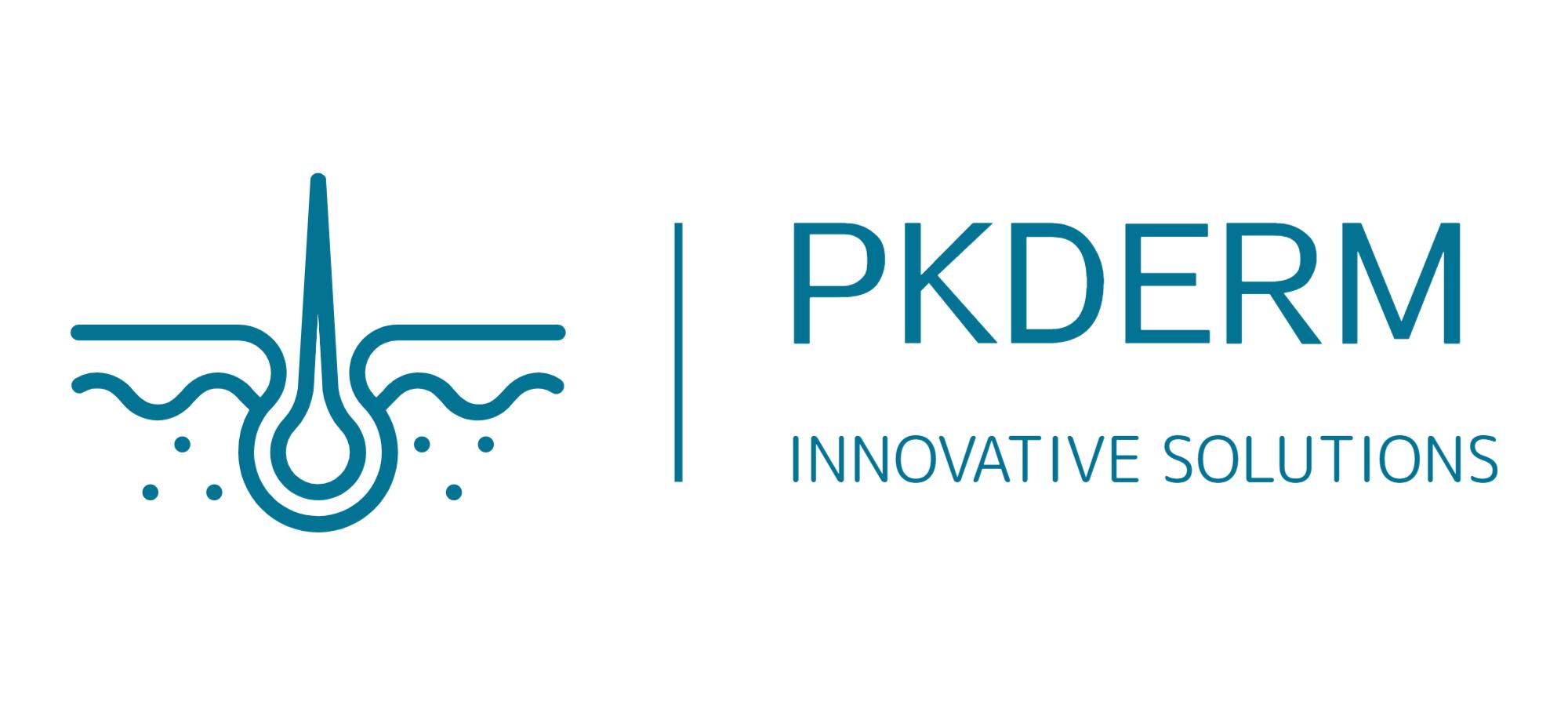OpenTox Virtual Conference 2021 Session 2
Development and Application of a New Similarity-Based Read-across Algorithm for the Prediction of Nanotoxicity of Small Datasets
The recent advancement in nanotechnology has caused an elevated level of nanoparticle production and applications in various sectors of the society such as consumer products, pharmaceuticals, cosmeceuticals, etc. The “nano” particle-size improves the work efficiency of nanomaterials to a considerable extent but at the same time it may create biohazards also. These nanoparticles are able to penetrate the plasma membrane with ease due to their small size range and hence can produce some unavoidable consequences related to human health and environmental safety. Nanosafety is a burning issue to modern science, and different research and academic institutions and regulatory authorities are trying to develop and implement some new approach methodologies (NAMs) for better risk assessment of the nanomaterials and nanoparticles. Experimental toxicity testing is a troublesome and time-consuming process; thus nowadays, scientists and regulatory agencies rely mostly on in silico techniques (e.g., quantitative read-across, quantitative structure-activity relationship, structural alerts, etc.) for the filling of toxicity data and knowledge gaps. In the current study, we have stressed upon the new approach methodology and developed a new prediction oriented quantitative read-across algorithm for the toxicity (biological activity in general) of newly synthesized NPs based on the similarity (Euclidean distance-based similarity, Gaussian kernel function similarity, Laplacian kernel function similarity) with structural analogs. To validate the new method, three high-quality literature nanotoxicity datasets (data points < 20 in each case) have been used. The quality of predictions depends on the selection of the distance threshold, similarity threshold, and the number of close training compounds used for prediction. The external validation metrics such as, predicted variance coefficients (Q2 , Q2 ), and root mean-F1 F2 square error of prediction (RMSEp) have been used for the judgment of prediction quality of the new method. The computed metrics values clearly indicate the efficiency of the new read-across method and the accuracy of the generated data by the proposed algorithm. A java based computer program has also been developed based on the proposed algorithm https://sites.google.com/jadavpuruniversity.in/dtc-lab-software/home) which can effectively predict the toxicity of unknown NPs after providing the structural information of chemical analogues. Therefore, the new algorithm and the developed program can provide with an efficient new approach methodology for the data gap filling, prioritizing existing and new NPs, for the risk assessments.


